

Articles
Why Wont My Toilet Fill Up With Water
Modified: October 19, 2024
Discover the reasons behind your toilet not filling up with water in this informative article. Learn how to troubleshoot and fix the issue with step-by-step instructions.
(Many of the links in this article redirect to a specific reviewed product. Your purchase of these products through affiliate links helps to generate commission for Storables.com, at no extra cost. Learn more)
Introduction
Having a toilet that won’t fill up with water can be a frustrating and inconvenient problem to deal with. When you flush your toilet, you expect it to refill with water so it’s ready for the next use. However, if you’re facing the issue of a toilet not filling up, there could be several reasons behind it.
In this article, we will explore the common causes of a toilet not filling up with water and provide troubleshooting tips on how to fix the problem. Whether it’s a faulty fill valve, a clogged water supply line, or an issue with the flapper, we’ll guide you through the potential solutions to get your toilet up and running again.
So, let’s dive into the possible reasons why your toilet won’t fill up and find out how to resolve the issue!
Key Takeaways:
- Troubleshooting a toilet that won’t fill up with water involves checking the water supply, inspecting the fill valve and flapper, addressing low water pressure, and examining the overflow tube. Prompt maintenance and professional assistance can restore proper functionality.
- Identifying and resolving issues such as clogged water supply lines, malfunctioning floats, and cracks in the toilet tank are crucial for ensuring a toilet fills up with water effectively. Regular maintenance and prompt repairs contribute to a sustainable environment and prevent costly repairs.
Common Causes of a Toilet Not Filling Up with Water
When you encounter a toilet that won’t fill up with water, there are several potential culprits that could be causing this problem. Here are the most common causes:
- Water Supply Issues: The first thing you should check is whether there is a problem with the water supply to your toilet. Make sure that the water shut-off valve behind the toilet is fully open. If it’s partially closed or completely shut, it can restrict the water flow and prevent the toilet from filling up properly.
- Faulty Fill Valve: The fill valve is responsible for regulating the water level inside the toilet tank. If the fill valve is faulty or worn out, it may not open properly to allow water to flow into the tank. This can result in a toilet that won’t fill up. Replacing the fill valve can often resolve this issue.
- Flapper Problems: The flapper is a rubber valve that controls the flow of water from the tank into the bowl during a flush. If the flapper is worn, damaged, or misaligned, it may not seal properly after flushing, causing water to continuously leak into the bowl. This can prevent the tank from refilling properly. Replacing the flapper can usually fix this problem.
- Clogged or Blocked Water Supply Line: If there is a blockage or clog in the water supply line, it can impede the flow of water into the toilet tank. Check for any obstructions or buildup in the water supply line and remove them if necessary. Flushing the line with water or using a plunger can sometimes clear the blockage.
- Malfunctioning Float or Float Arm: The float and float arm are components inside the toilet tank that help regulate the water level. If the float is stuck or the float arm is bent or damaged, it may not properly signal the fill valve to shut off when the tank is full. This can result in the toilet not filling up. Adjusting or replacing the float and float arm can often solve this issue.
- Low Water Pressure: If you have low water pressure in your home, it can affect the toilet’s ability to fill up. Low water pressure can be caused by various factors such as a problem with the main water supply line, a partially closed shut-off valve, or a plumbing issue. Contact a professional plumber to diagnose and resolve any underlying water pressure problems.
- Issues with the Overflow Tube: The overflow tube is a vertical tube inside the toilet tank that prevents the tank from overflowing. If the overflow tube is damaged or incorrectly positioned, it may allow water to constantly flow into the overflow tube instead of filling up the tank. Adjusting or replacing the overflow tube can often resolve this issue.
- Problems with the Flush Valve: The flush valve is responsible for releasing water from the tank into the bowl during a flush. If the flush valve is damaged or not functioning properly, it can restrict the flow of water into the bowl, resulting in a toilet that won’t fill up. Replacing the flush valve can usually fix this problem.
- Toilet Tank Cracks or Leaks: If there are cracks or leaks in the toilet tank, water may be leaking out instead of staying in the tank. This can prevent the tank from filling up properly. Inspect the tank for any visible cracks or leaks and replace the tank if necessary.
These are the most common causes of a toilet not filling up with water. Now that we’ve identified the potential issues, let’s move on to troubleshooting and fixing the problem in the next section.
Water Supply Issues
One of the primary reasons why a toilet may not be filling up with water is due to water supply issues. It’s essential to ensure that the water shut-off valve located behind the toilet is fully open. Sometimes, the valve may accidentally get partially closed or completely shut, restricting the water flow to the toilet tank.
To check if the water shut-off valve is the culprit, turn it counterclockwise to open it fully. You should hear the water flowing into the tank, indicating that the valve is open. If you don’t hear any water flow, check if the valve is stuck or if there is any debris obstructing the valve’s opening. Clean or replace the valve if necessary.
If the water shut-off valve is open and water is still not filling up the toilet tank, there could be an issue with the main water supply line. In such cases, it’s best to contact a professional plumber to diagnose and fix the problem. They will be able to identify if there are any blockages or leaks in the supply line causing the lack of water flow to the toilet.
Additionally, if your home experiences periodic low water pressure, it can affect the toilet’s ability to fill up properly. Low water pressure can be caused by a variety of reasons, including problems with the main water supply, partially closed shut-off valves, or plumbing issues within the home.
If you suspect low water pressure is causing the problem, you might consider contacting your water company to check if there are any ongoing issues with the supply. Alternatively, a professional plumber can assess the situation and recommend solutions to improve the water pressure in your home.
Ensuring proper water supply is crucial to resolving the issue of a toilet not filling up with water. By checking the water shut-off valve, addressing any blockages or leaks in the supply line, and resolving low water pressure problems, you can eliminate water supply issues as a cause and move on to troubleshooting other potential problems.
Faulty Fill Valve
A faulty fill valve is another common reason why a toilet may not be filling up with water. The fill valve is responsible for regulating the water level inside the toilet tank. If it is not functioning correctly, it may not open fully or at all, restricting the flow of water into the tank.
To determine if the fill valve is the issue, start by removing the tank lid and observing the fill valve. Flush the toilet and observe the fill valve’s operation. It should open fully and allow water to flow into the tank until the desired water level is reached.
If the fill valve does not open or only opens partially, it is likely faulty and needs to be replaced. You can purchase a new fill valve from a hardware store or plumbing supply store. Follow the manufacturer’s instructions for installation, which typically involve disconnecting the water supply line, removing the old fill valve, and installing the new one.
Remember to shut off the water supply to the toilet before replacing the fill valve. This can be done by turning the water shut-off valve clockwise until it is fully closed. Flush the toilet to drain the water from the tank before you begin the replacement process. Once you have installed the new fill valve, reconnect the water supply line, turn on the water shut-off valve, and allow the tank to fill up.
Testing the toilet after installing the new fill valve is essential. Flush the toilet and ensure that the fill valve opens fully and allows the tank to refill with water. Adjust the fill valve’s settings, if necessary, to achieve the desired water level in the tank.
If replacing the fill valve does not resolve the issue or if you are unsure about the process, it is recommended to consult a professional plumber. They have the expertise to diagnose the problem accurately and ensure that the correct fill valve is installed.
By addressing a faulty fill valve, you can restore the proper functioning of your toilet and ensure that it fills up with water as it should after each flush.
Flapper Problems
A common cause of a toilet not filling up with water is problems with the flapper. The flapper is a rubber valve located at the bottom of the toilet tank. It controls the flow of water from the tank to the bowl during a flush.
If the flapper is worn out, damaged, or misaligned, it may not seal properly after flushing, resulting in water continuously leaking into the bowl. This can prevent the tank from refilling properly, causing the toilet not to fill up with water.
To determine if the flapper is causing the issue, start by removing the tank lid and observing the flapper. Flush the toilet and watch how the flapper moves. It should lift completely when the toilet is flushed and then close tightly after the flush is complete.
If you notice that the flapper is not sealing properly, inspect it for any signs of wear or damage. Over time, the rubber on the flapper can deteriorate, causing it to lose its effectiveness. If you notice any cracks, tears, or warping, it is time to replace the flapper.
Replacing the flapper is relatively simple and inexpensive. You can purchase a new flapper from a home improvement store or plumbing supply store. Make sure to choose a flapper that is compatible with your toilet model.
To install the new flapper, start by shutting off the water supply to the toilet. This can be done by turning the water shut-off valve clockwise until it is fully closed. Flush the toilet to drain the water from the tank. Remove the old flapper by disconnecting it from the flush valve chain or the flapper hinge, depending on the mechanism in your toilet.
Install the new flapper by attaching it to the flush valve chain or the flapper hinge, following the manufacturer’s instructions. Ensure that the flapper is properly aligned and covers the flush valve opening completely.
After installing the new flapper, turn on the water supply by turning the shut-off valve counterclockwise. Allow the tank to fill up with water. Test the flush to ensure that the flapper seals properly and the tank fills up with water after each flush.
If you are unsure about replacing the flapper or if the issue persists after replacing it, it is advisable to seek the assistance of a professional plumber. They can diagnose any underlying issues and ensure that the flapper is installed correctly.
By addressing flapper problems, you can restore the proper functioning of your toilet and ensure that it fills up with water as it should after flushing.
Read more: Why Wont My Toilet Unclog
Clogged or Blocked Water Supply Line
If your toilet is not filling up with water, there is a possibility that the water supply line is clogged or blocked. The water supply line is responsible for carrying water from the shut-off valve to the toilet tank.
To determine if a clogged or blocked water supply line is causing the issue, start by checking for any visible obstructions or debris. Look for kinks or bends in the supply line that could restrict water flow. Use a flashlight to inspect the supply line for any signs of blockage such as sediment or mineral buildup.
If you notice any debris, sediment, or mineral deposits, you can try to remove them by gently flushing the supply line with water. Use a bucket to catch the water and disconnect one end of the supply line to create an opening. Direct the free end of the supply line into the bucket and turn on the water supply briefly. This can help dislodge any blockages or buildup.
If flushing the supply line does not resolve the issue or if you are unable to access the supply line, it may be necessary to replace the line entirely. Thankfully, replacing a water supply line is a relatively simple process that can be done with a few basic tools.
Start by shutting off the water supply to the toilet by turning the shut-off valve clockwise until it is fully closed. Flush the toilet to drain the remaining water from the tank. Use an adjustable wrench or pliers to disconnect the supply line from both the shut-off valve and the toilet tank.
Take the old supply line to a hardware store or plumbing supply store to ensure you purchase the correct replacement. Install the new supply line by connecting one end to the shut-off valve and the other end to the toilet tank, ensuring a secure and watertight connection.
Turn on the water supply by turning the shut-off valve counterclockwise and allow the tank to fill up with water. Check for any leaks or drips around the connections to ensure a proper seal.
If you are unsure about the process of replacing the water supply line or if the issue persists after replacing it, it is advisable to consult a professional plumber. They can diagnose any underlying issues and ensure that the water supply line is installed correctly.
By addressing clogged or blocked water supply line issues, you can resolve the problem of a toilet not filling up with water and restore its proper functionality.
Malfunctioning Float or Float Arm
If your toilet is not filling up with water, a malfunctioning float or float arm could be the culprit. The float and float arm are components inside the toilet tank that regulate the water level.
When you flush the toilet, the float drops, signaling the fill valve to open and allow water into the tank. As the water level rises, the float rises, and once it reaches a certain height, it signals the fill valve to close, stopping the flow of water.
If the float or float arm is damaged, stuck, or misaligned, the correct water level cannot be maintained in the tank. This can result in the toilet not filling up properly after a flush.
To determine if a malfunctioning float or float arm is the issue, remove the tank lid and observe their operation. Flush the toilet and watch how the float and float arm move. The float should drop as the water drains from the tank, and as the tank refills, the float should rise. If it fails to do so or if it gets stuck at a certain level, there is likely a problem.
Start by inspecting the float and float arm for any visible damage or misalignment. If the float arm is bent or disconnected, reposition it so that it can move freely. Similarly, if the float itself is damaged or not functioning properly, it may need to be replaced.
Adjusting the float can sometimes resolve the issue. Look for an adjustment screw or clip on the float arm that allows you to change the float’s position. Depending on the desired water level, you may need to lower or raise the float.
Ensure that the float is not rubbing against other components in the tank, as this can also prevent it from moving freely. Make any necessary adjustments or repairs and test the toilet by flushing to see if the float and float arm are functioning correctly.
If the float or float arm is severely damaged or if adjustments do not solve the problem, it may be necessary to replace the float or the entire fill valve assembly. You can find replacement parts at a hardware store or plumbing supply store.
If you are unsure about making the repairs or if the issue persists after attempting the solutions, it is recommended to seek the help of a professional plumber. They can accurately diagnose the problem and ensure that the float and float arm are properly repaired or replaced.
By addressing any issues with the float or float arm, you can restore the proper functioning of your toilet and ensure that it fills up with water as it should after each flush.
Check the water supply valve behind the toilet to make sure it’s fully open. If it’s open and the toilet still won’t fill, the fill valve or flapper may need to be replaced.
Low Water Pressure
Low water pressure in your home can also be a reason why your toilet is not filling up with water properly. Water pressure refers to the force with which water flows through your plumbing system.
If you notice consistently low water pressure in your home, it can impact the toilet’s ability to fill up with water effectively. Several factors can contribute to low water pressure, including problems with the main water supply, partially closed shut-off valves, or plumbing issues within your home.
To check if low water pressure is the issue, start by testing the water pressure in other faucets or fixtures throughout your home. If you consistently experience low water pressure in multiple locations, it indicates a general problem with the water supply.
If the low water pressure is isolated to your toilet or a specific area of your home, there may be local plumbing issues causing the problem. In such cases, it is recommended to contact a professional plumber to diagnose and resolve the issue.
A plumber can inspect the plumbing system, including the water supply lines, valves, and any potential blockages, to determine the cause of the low water pressure. They will be able to recommend the most appropriate course of action, which may involve repairing or replacing faulty pipes, clearing obstructions, or adjusting pressure regulators.
It’s important to address low water pressure issues promptly as they can affect not just the filling of your toilet but also the functionality of other plumbing fixtures and appliances in your home.
By addressing low water pressure problems, you can improve the water flow to your toilet and ensure that it fills up with water properly after each flush.
Issues with the Overflow Tube
If your toilet is not filling up with water, one possible culprit could be issues with the overflow tube. The overflow tube is a vertical tube located inside the toilet tank. Its purpose is to prevent the tank from overflowing by redirecting excess water into the toilet bowl.
If the overflow tube is damaged, incorrectly positioned, or not functioning properly, it can lead to problems with the tank filling up. This is because the water may continuously flow into the overflow tube instead of filling up the tank, causing an imbalance in the water level.
To check if the overflow tube is causing the issue, remove the tank lid and inspect the tube. Look for any cracks, breaks, or leaks along the length of the tube. Additionally, ensure that the tube is positioned correctly and that its opening is above the water line in the tank.
If you notice any damage or misalignment, it may be necessary to replace the overflow tube. You can find a suitable replacement at a hardware store or plumbing supply store. Follow the manufacturer’s instructions to remove the old tube and install the new one.
It’s also important to check that the flapper is sealing properly. If the flapper is not sealing tightly, water may continuously leak into the bowl, leading to the tank not filling up. Adjusting or replacing the flapper can often resolve this issue.
After replacing the overflow tube and ensuring the proper functionality of the flapper, test the toilet by flushing it. Observe if the tank fills up to the appropriate water level and if any water is being diverted into the overflow tube. Adjust the water level as needed using the float or fill valve.
If you are unsure about replacing the overflow tube or if the issue persists after attempting the solutions, it is recommended to seek the assistance of a professional plumber. They can accurately diagnose any underlying issues with the overflow tube or other components and make the necessary repairs or replacements.
By addressing any issues with the overflow tube, you can ensure that the toilet tank fills up with water properly and prevent potential overflow problems.
Read more: Why Does My Washer Not Fill Up With Water
Problems with the Flush Valve
If your toilet is not filling up with water, it may be due to problems with the flush valve. The flush valve is responsible for releasing water from the tank into the toilet bowl during a flush.
If the flush valve is damaged, improperly sealed, or not functioning correctly, it can restrict the flow of water into the bowl, resulting in a toilet that won’t fill up properly.
To check if the flush valve is the issue, remove the tank lid and observe the flush valve mechanism. Flush the toilet and watch how the flush valve operates. It should lift completely and allow water to flow into the bowl, creating a strong flush.
If the flush valve does not open fully, it may be due to a malfunctioning flapper or chain. The flapper should be properly aligned and free from any obstructions. Adjust or replace the flapper if necessary.
Another common problem with the flush valve is a faulty seal. If the flush valve seal is worn out or damaged, it may not create a tight seal when the toilet is not in use. This can result in water slowly leaking from the tank into the bowl, preventing the tank from filling up properly.
To address problems with the flush valve, you may need to replace the flush valve mechanism. Start by shutting off the water supply to the toilet. Flush the toilet to drain the water from the tank and remove the old flush valve assembly following the manufacturer’s instructions.
Install the new flush valve assembly, ensuring proper alignment and a watertight seal. Connect any necessary chains or components according to the manufacturer’s instructions.
After installing the new flush valve, turn on the water supply and allow the tank to fill up. Test the toilet by flushing and observe if the tank fills up with the appropriate amount of water.
If you are unsure about replacing the flush valve or if the issue persists after attempting the solution, it is advisable to seek the help of a professional plumber. They have the necessary expertise to diagnose the problem accurately and ensure that the flush valve is properly installed.
By addressing problems with the flush valve, you can restore the proper functioning of your toilet and ensure that it fills up with water effectively after every flush.
Toilet Tank Cracks or Leaks
If your toilet is not filling up with water, one potential cause could be cracks or leaks in the toilet tank. Over time, the tank may develop cracks due to age, wear and tear, or even mishandling. These cracks can lead to water leakage, preventing the tank from filling up properly.
To check for cracks or leaks in the toilet tank, start by removing the tank lid and examining the interior and exterior of the tank. Look for any visible signs of cracks, such as lines or gaps in the porcelain or other material of the tank. Additionally, check for any wet or damp spots on the outside of the tank, which can indicate a leak.
If you notice any cracks or leaks, it is important to address them promptly to avoid further damage and water wastage. Fortunately, there are a few options for addressing this issue:
- Repair the crack: If the crack is small and manageable, you may be able to repair it yourself. There are epoxy resins and sealants available specifically designed for repairing toilet tank cracks. Follow the instructions provided with the repair kit and apply the sealant to the cracked area.
- Replace the tank: If the crack is significant or if there are multiple cracks, it may be necessary to replace the entire toilet tank. This typically involves removing the tank from the bowl and replacing it with a new one. Consult a professional plumber if you are unsure about the replacement process.
Whether you choose to repair or replace the tank, it is essential to address the issue promptly to prevent further damage and ensure the proper functioning of your toilet. Ignoring cracks or leaks can lead to water wastage and potentially more extensive damage to the plumbing system.
If you are unsure about repairing or replacing the toilet tank or if the issue persists after attempting these solutions, it is highly recommended to seek the assistance of a professional plumber. They can assess the situation, provide expert advice, and carry out the necessary repairs or replacements to resolve the problem.
By addressing cracks or leaks in the toilet tank, you can ensure that the tank fills up with water properly after each flush, preventing water loss and maintaining the functionality of your toilet.
Troubleshooting and Fixing a Toilet that Won’t Fill Up
Dealing with a toilet that won’t fill up with water can be frustrating, but there are several troubleshooting steps you can take to identify and fix the problem. Here’s a step-by-step guide to help you resolve the issue:
- Check the water supply: Ensure that the water shut-off valve behind the toilet is fully open. If it’s partially closed or completely shut, it can restrict the water flow and prevent the toilet from filling up properly.
- Inspect the fill valve: Remove the tank lid and observe the fill valve. If it’s faulty, worn out, or not opening properly, it may be the cause of the problem. Consider replacing the fill valve to restore proper water flow into the tank.
- Examine the flapper: The flapper controls the flow of water from the tank to the bowl. If it’s worn, damaged, or misaligned, it may not seal properly after flushing, leading to continuous water leakage. Replace the flapper if necessary.
- Clear any blockages: Check for blockages or debris in the water supply line or the flush valve. If you notice any obstructions, remove them using a plunger, snake, or by flushing water forcefully into the line.
- Inspect the float and float arm: Ensure that the float and float arm move freely and are not stuck or damaged. Adjust or replace them if necessary to ensure the proper functioning of the fill valve.
- Check for low water pressure: If you experience low water pressure in your home, it can affect the toilet’s ability to fill up. Contact your water company to check for any ongoing issues or consult a plumber to address low water pressure problems.
- Address issues with the overflow tube: If the overflow tube is damaged or incorrectly positioned, it may divert water into it instead of filling up the tank. Replace or adjust the overflow tube as needed.
- Inspect the flush valve: A faulty or improperly sealing flush valve can restrict water flow into the bowl. Replace the flush valve if necessary to restore proper water flow during flushing.
- Check for cracks or leaks: Examine the toilet tank for cracks or leaks that may be preventing proper water filling. Repair small cracks using epoxy or sealant, or replace the tank if the damage is extensive.
After completing these troubleshooting steps, test the toilet by flushing it and observe if the tank fills up with water to the desired level. Make any necessary adjustments or repairs to ensure proper functionality.
If you are uncertain about any of the steps or if the issue persists after attempting the solutions, it is recommended to consult a professional plumber. They can accurately diagnose the problem and provide expert assistance in resolving the issue.
Remember, safety is paramount when working on plumbing systems. Always shut off the water supply and take necessary precautions to avoid injury or further damage to the toilet or plumbing components.
By following these troubleshooting steps and addressing the specific issues, you can resolve the problem of a toilet that won’t fill up with water and restore its proper functionality.
Conclusion
A toilet that won’t fill up with water can be a frustrating inconvenience, but with proper troubleshooting and maintenance, you can identify and resolve the issue. By understanding the common causes and taking the necessary steps, you can get your toilet back to functioning properly.
We explored various reasons why a toilet may not be filling up with water, including water supply issues, faulty fill valves, flapper problems, clogged water supply lines, malfunctioning floats or float arms, low water pressure, issues with the overflow tube, problems with the flush valve, and cracks or leaks in the toilet tank.
Throughout the troubleshooting process, it’s crucial to consider safety precautions and consult professional assistance if needed. Plumbers have the expertise to diagnose and fix complex issues, ensuring a proper solution and avoiding further damage.
Regular maintenance of your toilet can also prevent future problems. This includes inspecting and cleaning the fill valve, flapper, and overflow tube, as well as checking for any visible cracks or leaks. Promptly addressing issues can extend the lifespan of your toilet and prevent costly repairs down the line.
Remember, each toilet system may have unique components and requirements, so following the manufacturer’s instructions and consulting professionals when necessary is important. Additionally, prioritizing water conservation by fixing leaks promptly can contribute to a sustainable environment.
In conclusion, a toilet not filling up with water can stem from various causes. By systematically troubleshooting and addressing the identified issues, you can resolve the problem and ensure that your toilet fills up properly after each flush. Maintaining a properly functioning toilet helps maintain cleanliness, efficiency, and convenience in your home.
Frequently Asked Questions about Why Wont My Toilet Fill Up With Water
Was this page helpful?
At Storables.com, we guarantee accurate and reliable information. Our content, validated by Expert Board Contributors, is crafted following stringent Editorial Policies. We're committed to providing you with well-researched, expert-backed insights for all your informational needs.
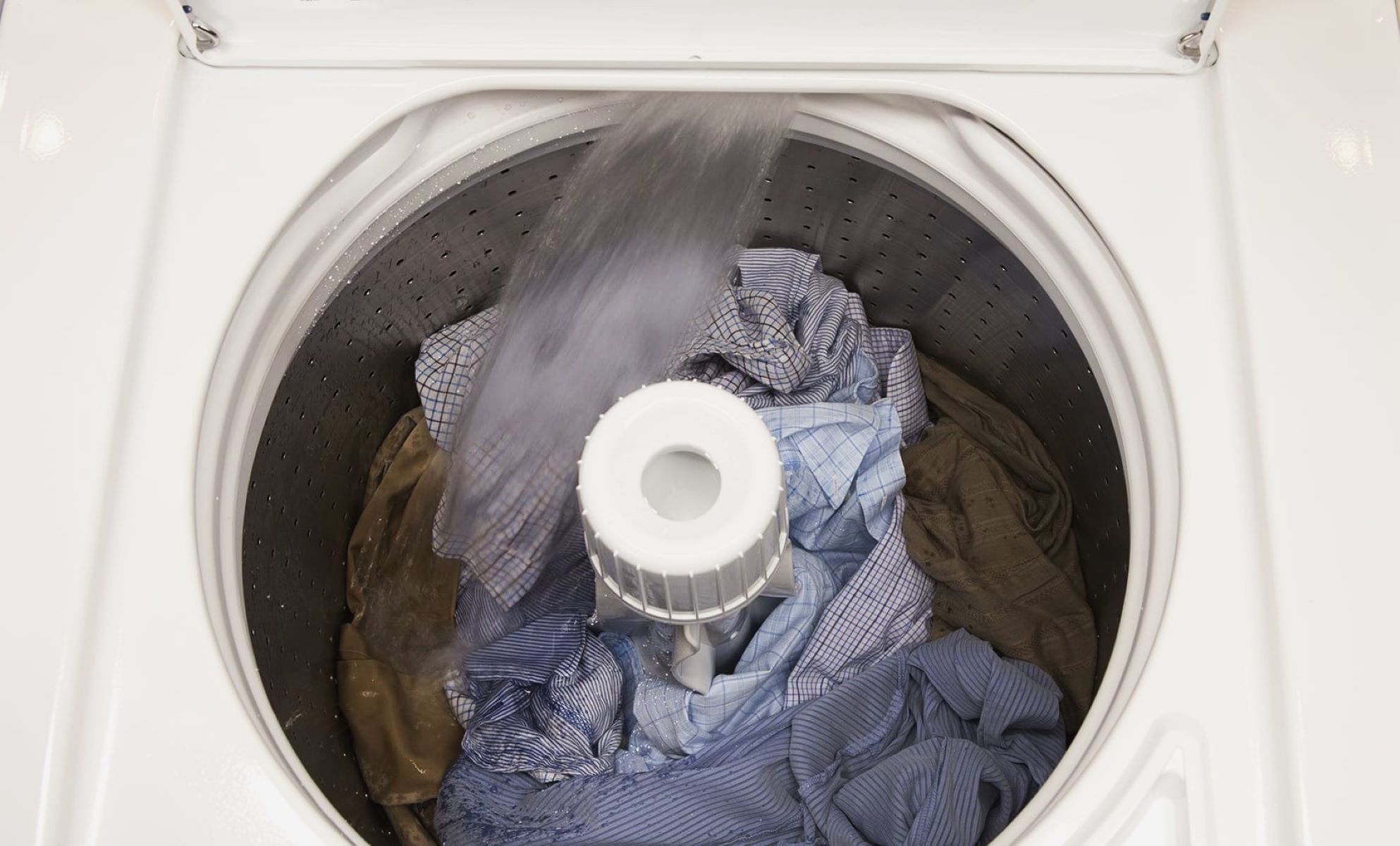
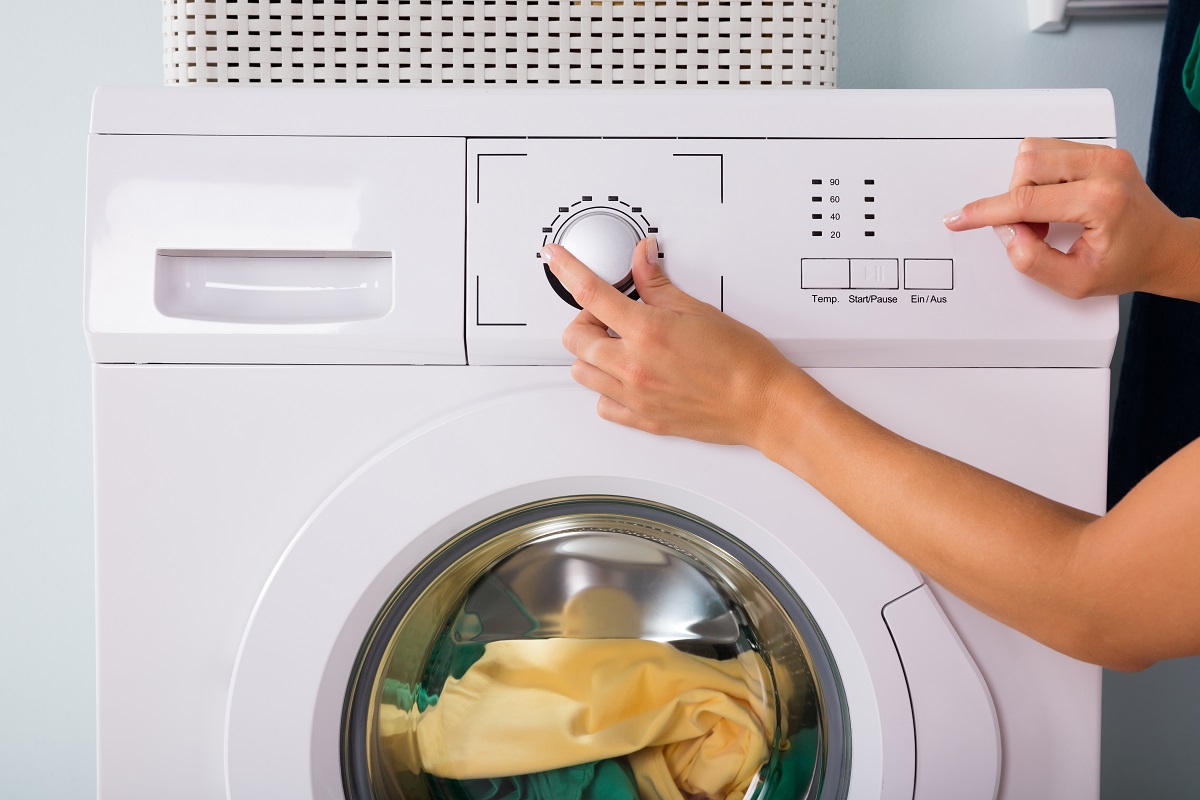
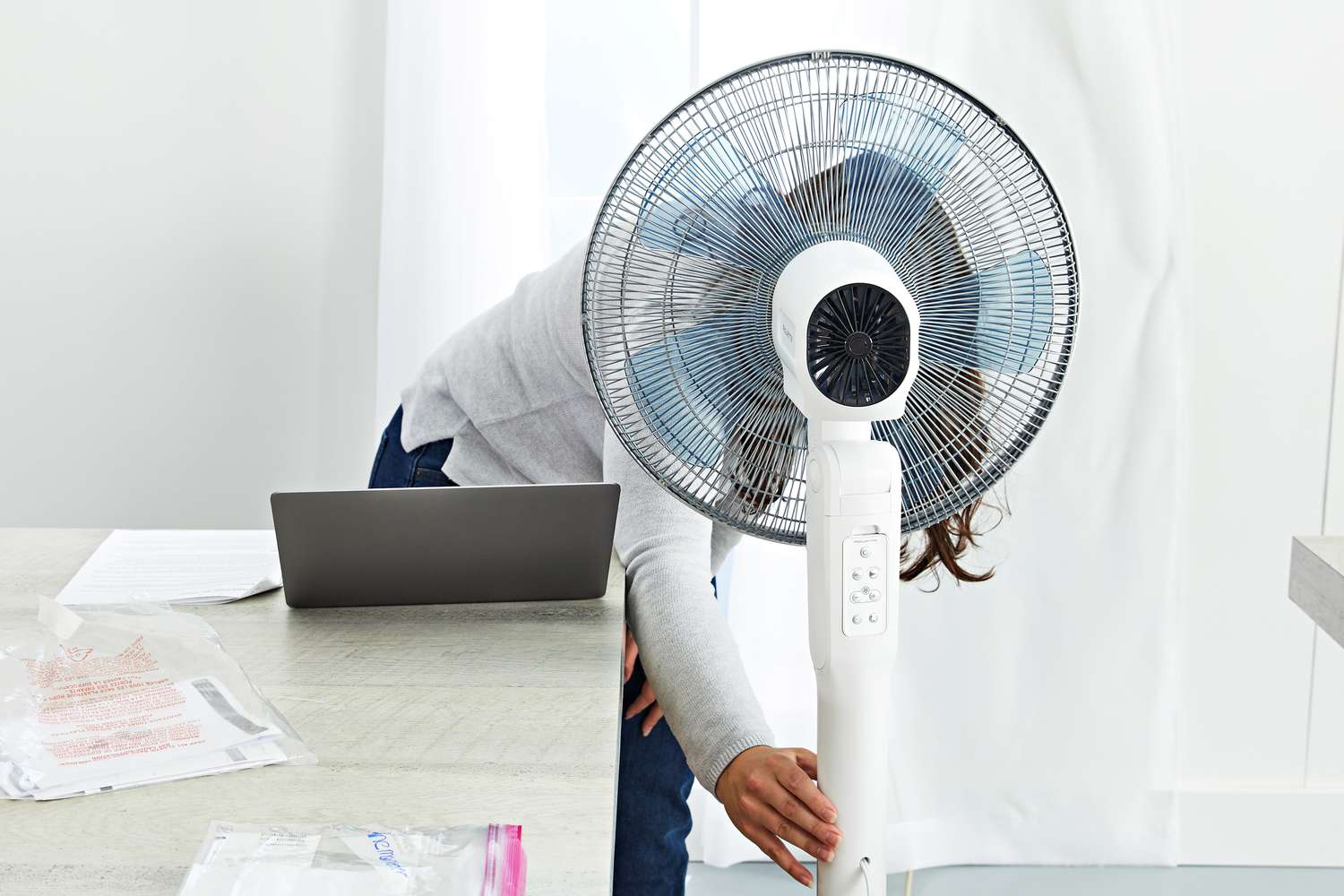
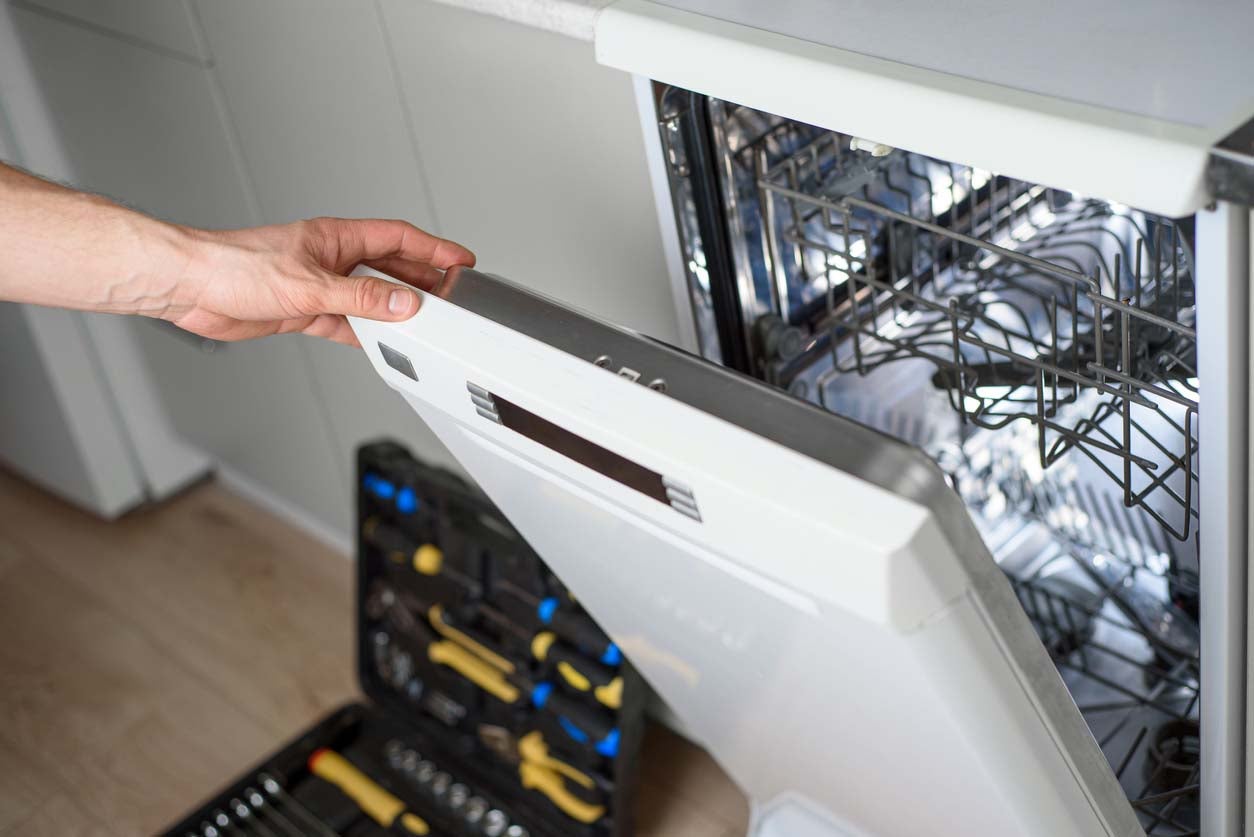
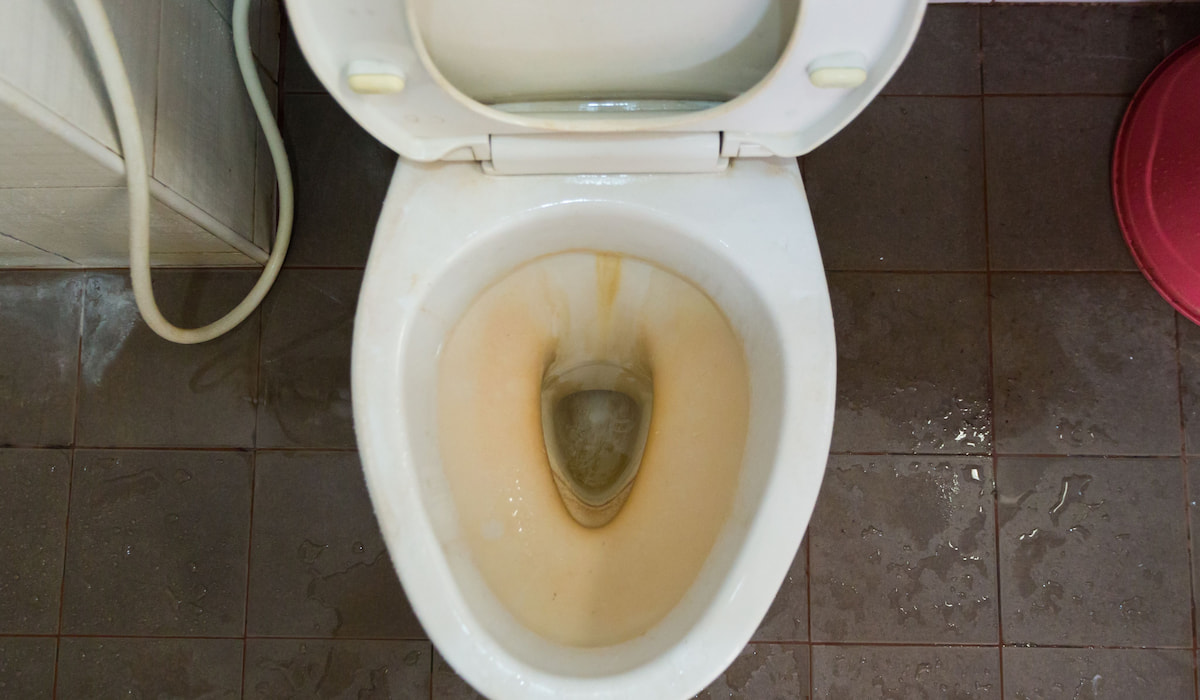
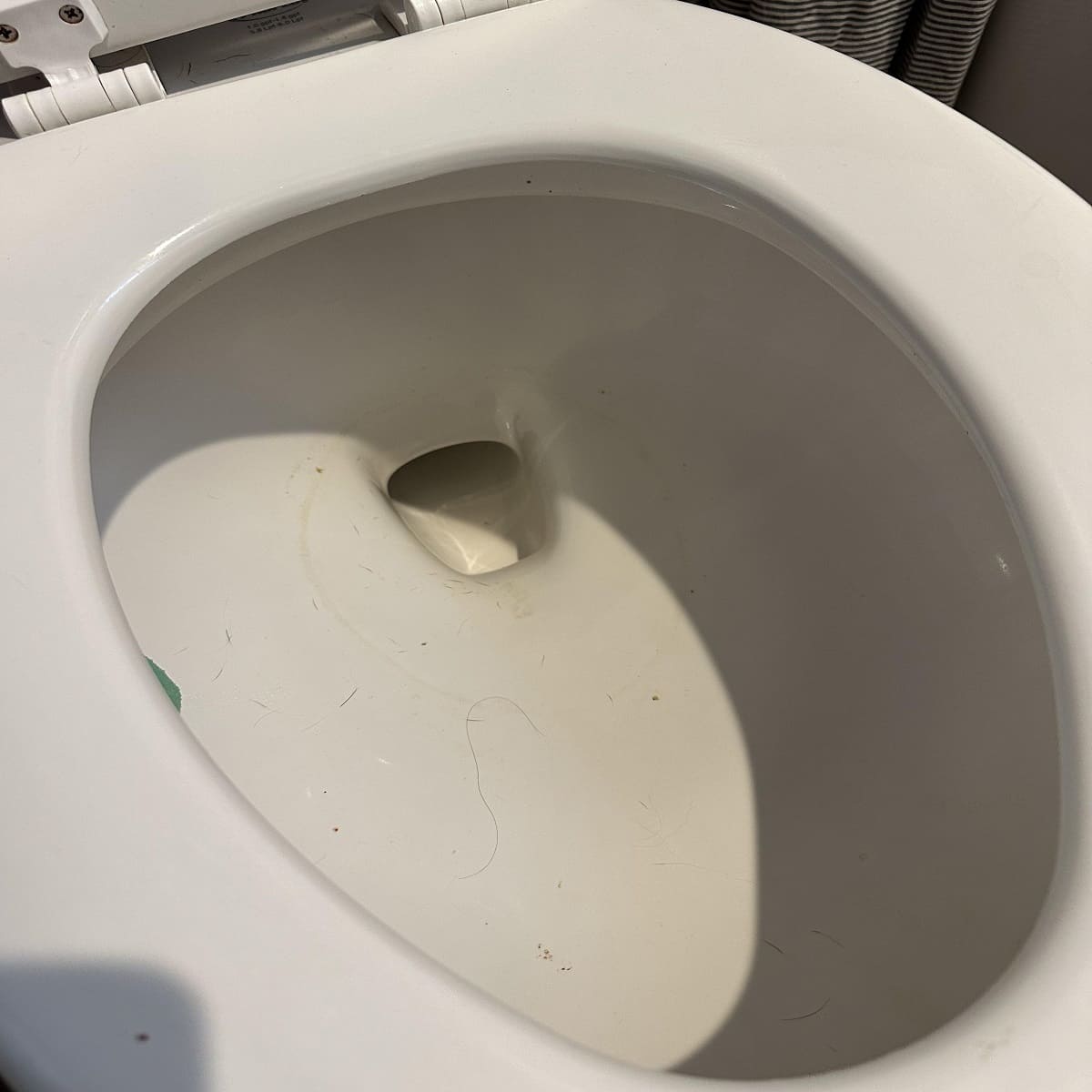
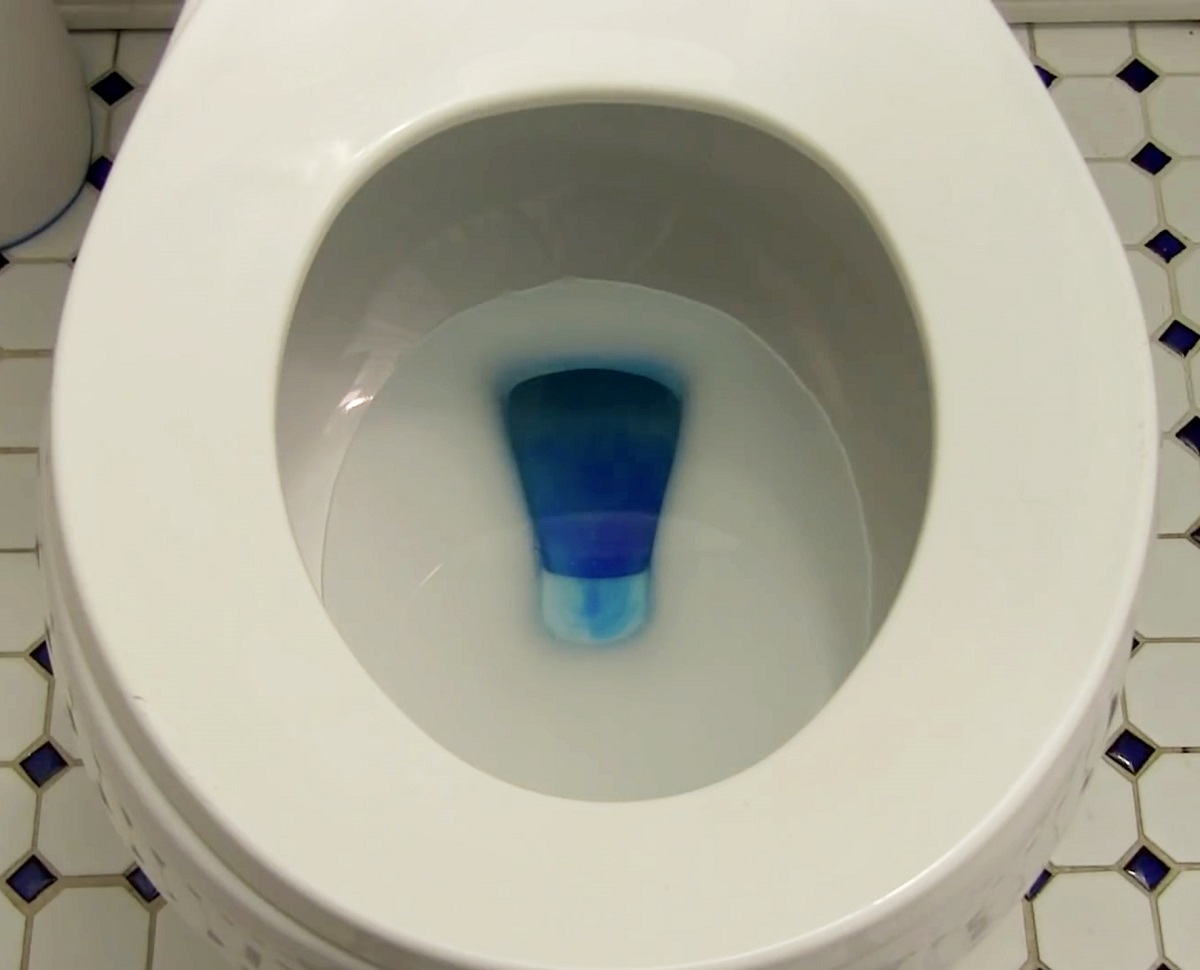
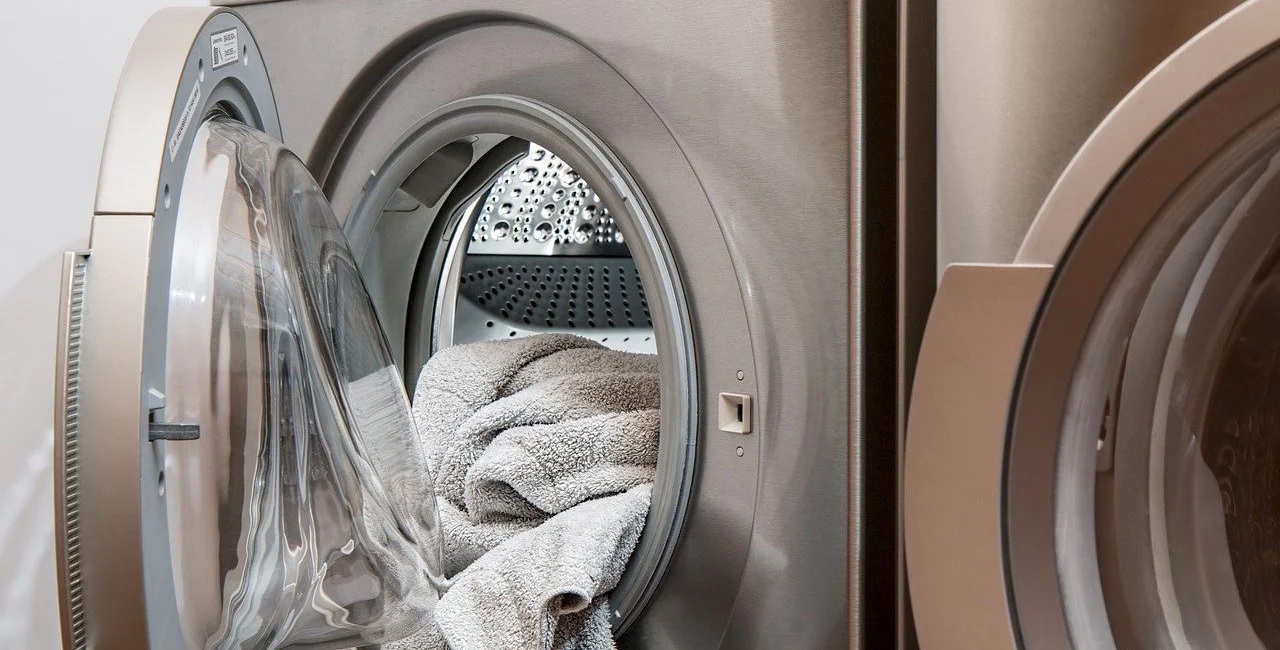
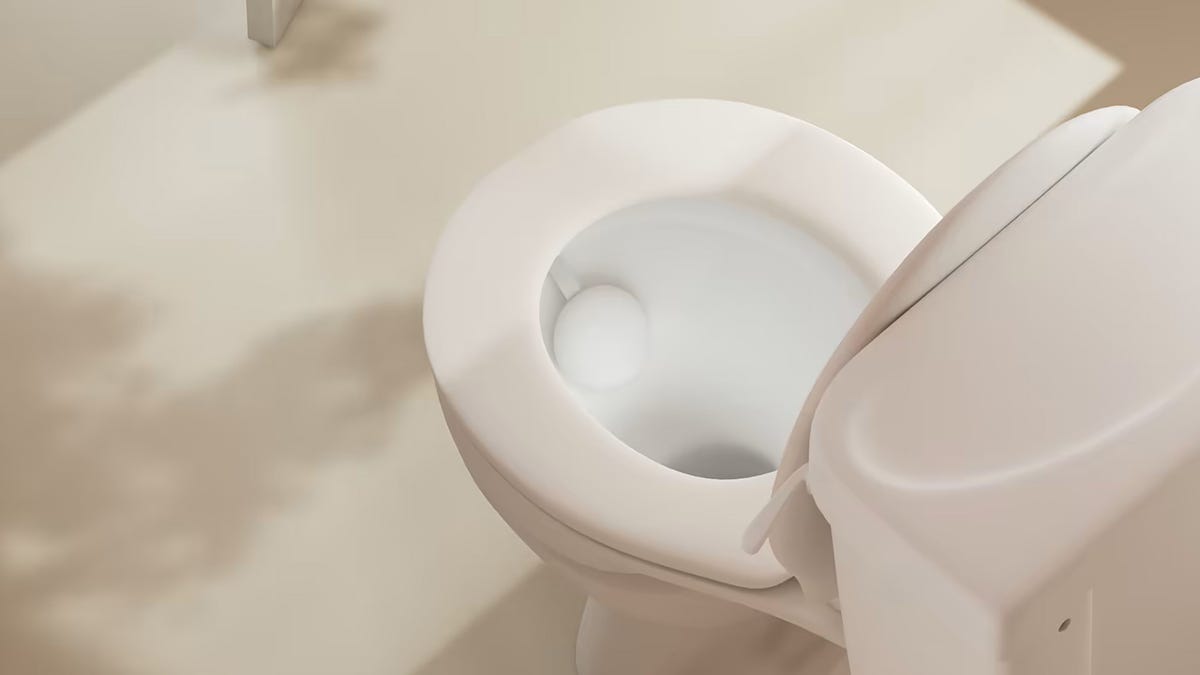
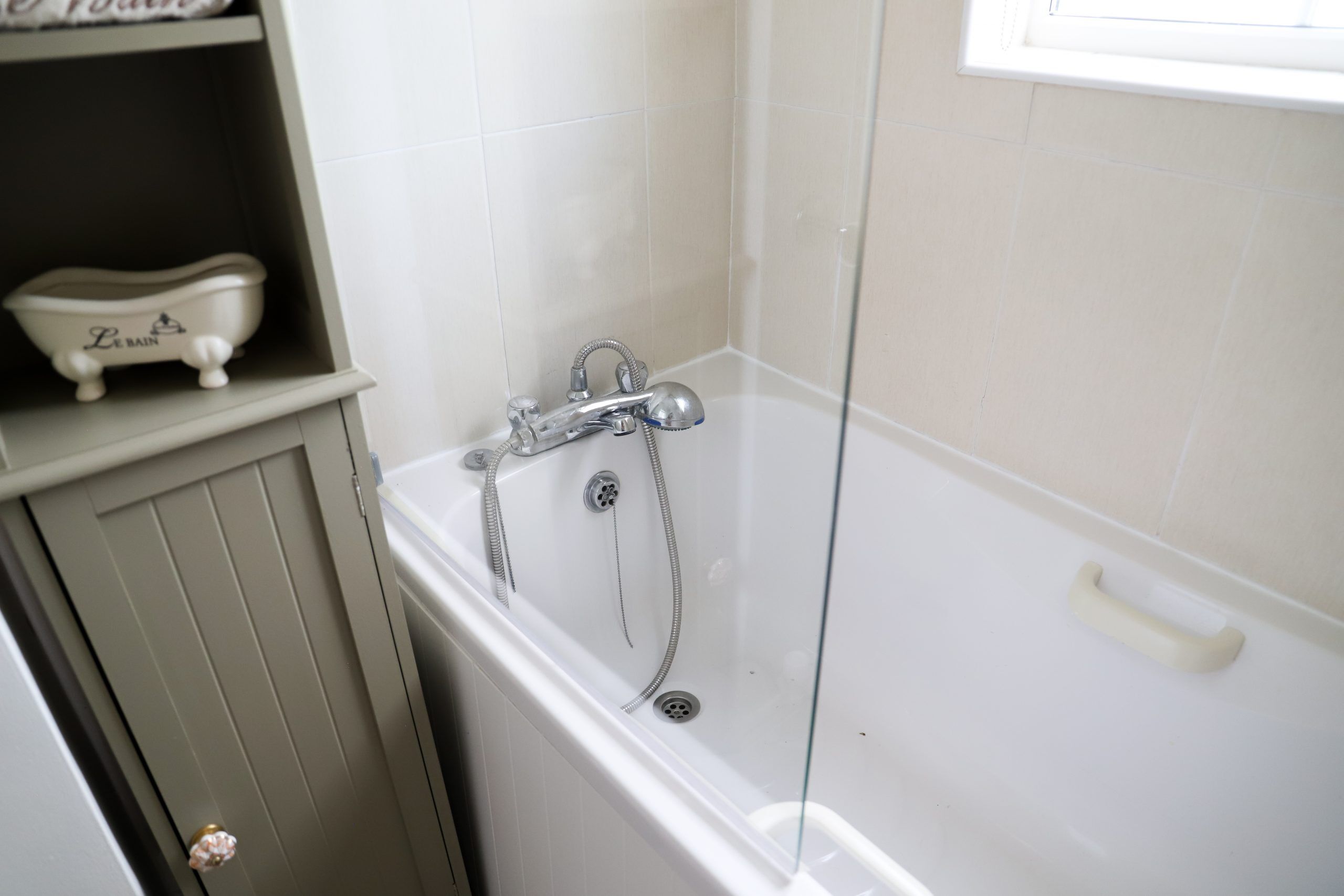
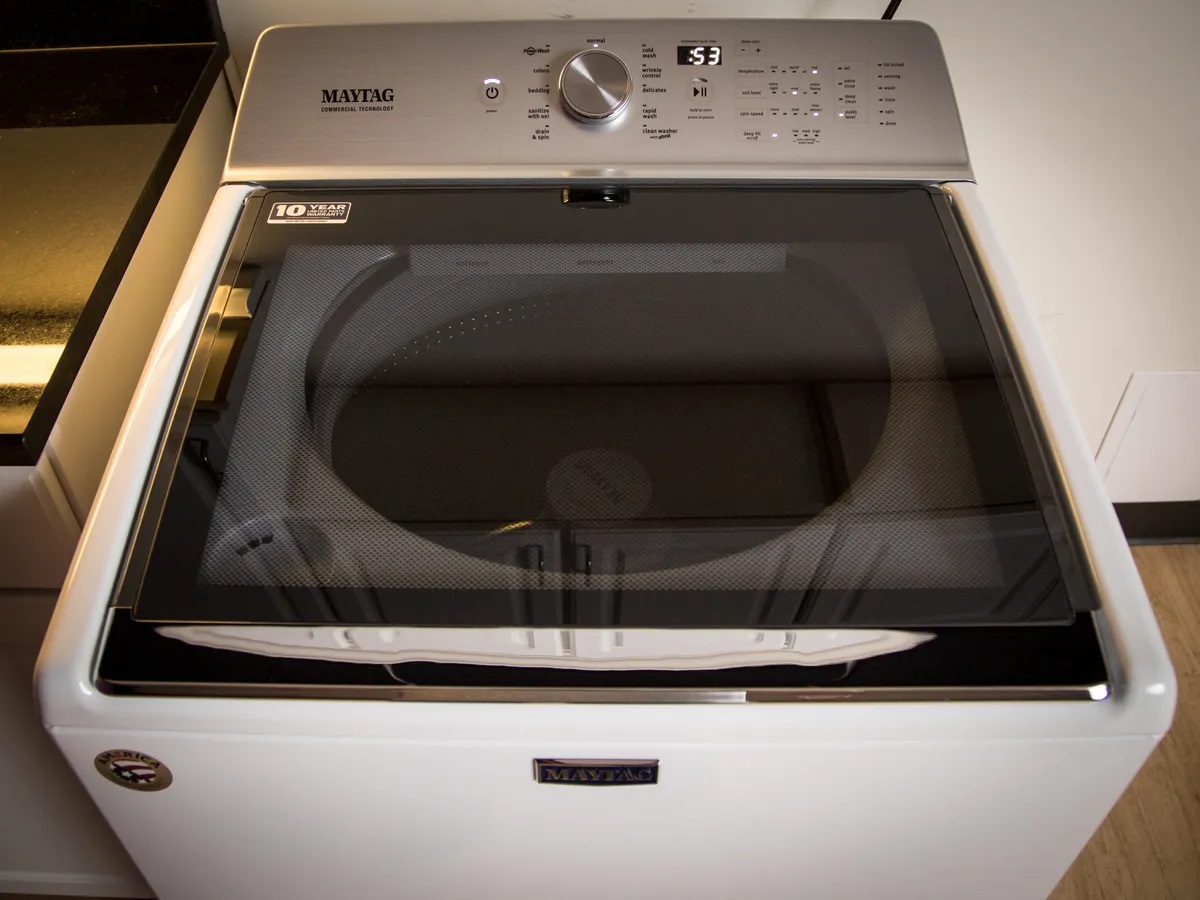
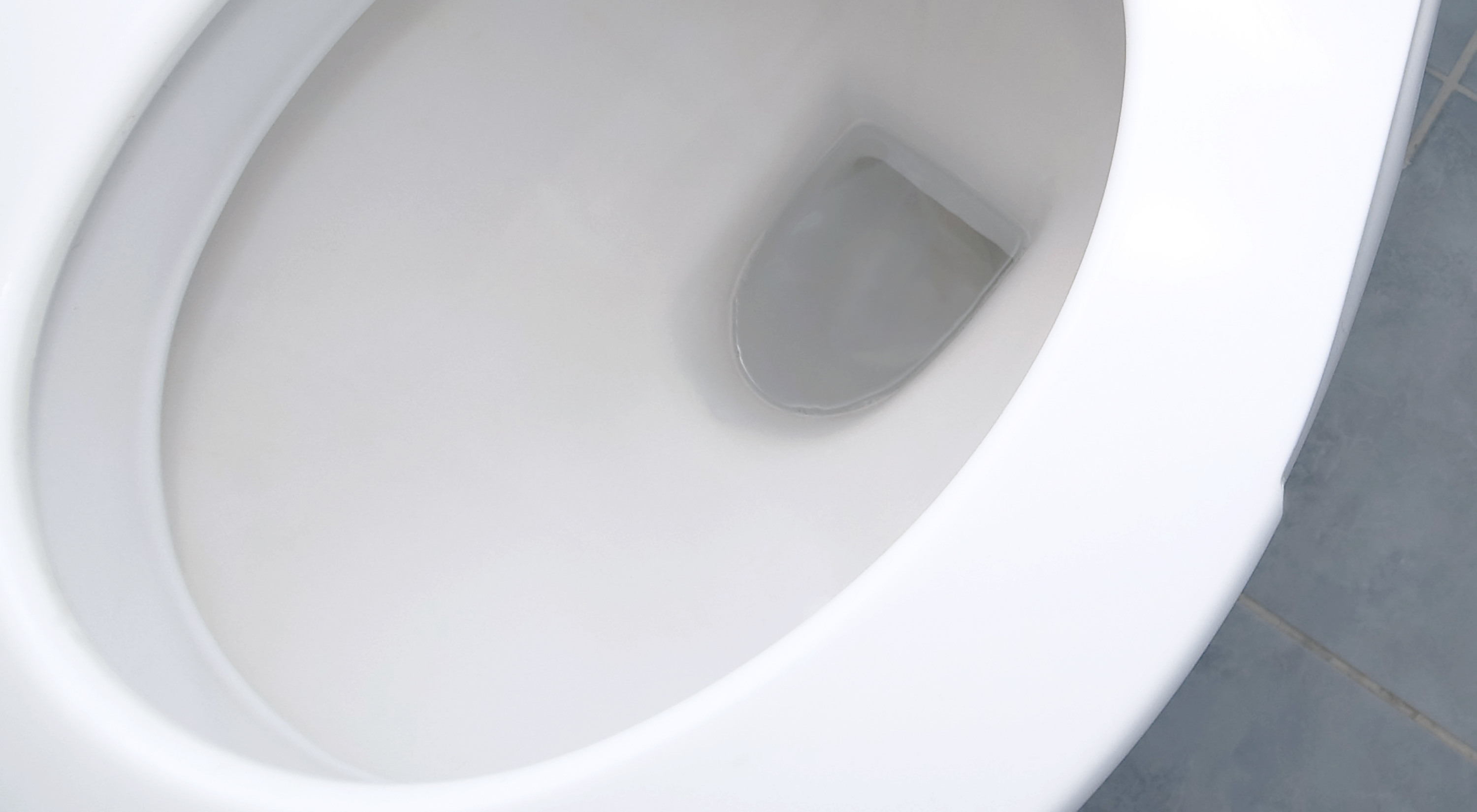
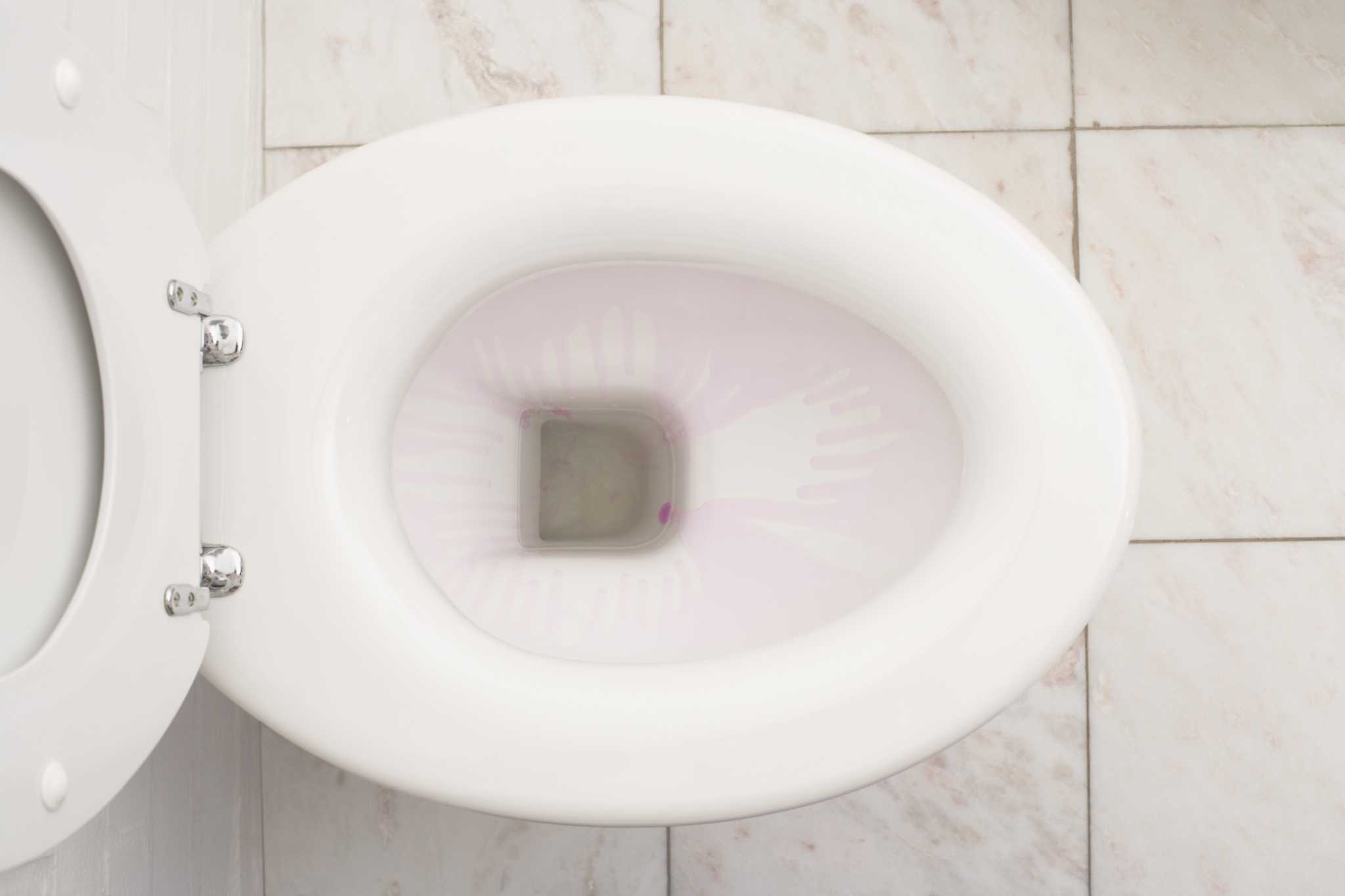

0 thoughts on “Why Wont My Toilet Fill Up With Water”